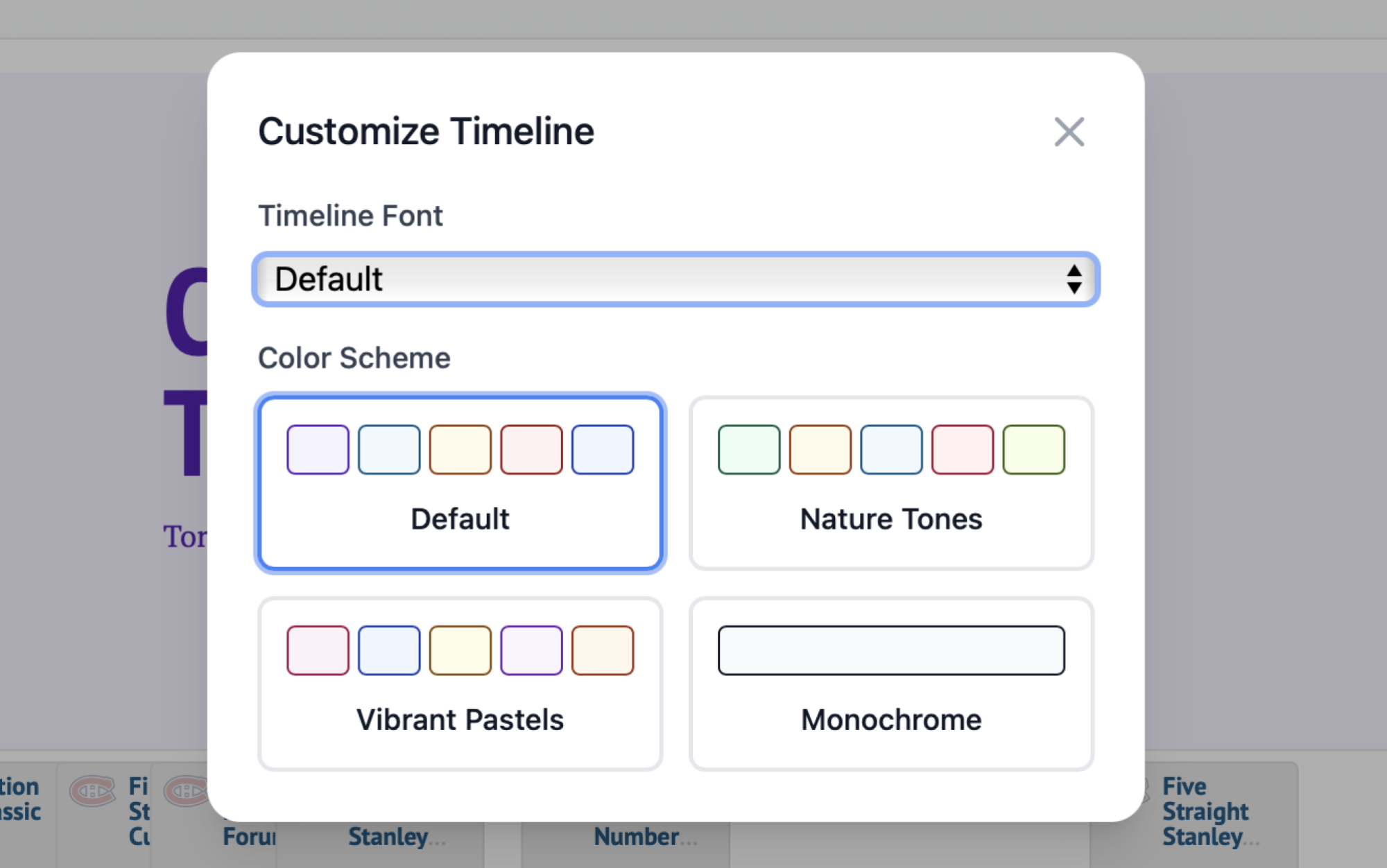Discovering Events in Sequence with WikiTimeline
When exploring any subject, having a comprehensive understanding of the timeline of significant occurrences can be extremely advantageous. Generally, history books incorporate chronological timelines, depicting the order of notable events. A unique resource called WikiTimeline offers a free platform that transforms any Wikipedia article into a visual sequence of important events, enabling users to grasp their chronological context easily.
The collaborative nature of Wikipedia has paved the way for various third-party applications that creatively leverage its content. One such application is WikiTok, a dynamic platform similar to TikTok that allows users to browse articles randomly and absorb knowledge. Similarly, WikiTimeline recontextualizes open-access information into an engaging visual format. To begin utilizing it, navigate to the homepage and search for any topic—you will be presented with several recommended articles.
Once you’ve selected an article to convert into a timeline, WikiTimeline will analyze the content, pinpointing all events linked to specific dates and arranging them into a timeline. This allows you to dive right into your exploration. By clicking on any event, you can view additional details, which typically include the year and a brief summary. Users can zoom in or out depending on the density of the timeline, and can easily navigate using the arrows on either side. There’s even an option to incorporate multiple articles into a single timeline, facilitating comparisons of historical events relating to different individuals or organizations.

Additionally, you can copy your timeline’s URL for sharing purposes or utilize an embed code to include the timeline within a website. The platform even allows customization options for the color scheme, enabling a personalized touch.

The timelines created by this tool are commendable. They may serve better as a supplementary reference rather than as authoritative sources comparable to those found in traditional history textbooks. Moreover, it is essential to acknowledge the common limitations associated with large language models, as inaccuracies or omissions can occur. The product’s about page emphasizes that while the tool offers a visual representation, users should consult the original Wikipedia articles for comprehensive information: “Our tool is meant to be a visual aid and should not be used as the sole source of information.”
In summary, this resource functions best as a visual enhancement, making it a potentially valuable asset for anyone looking to visualize historical sequences.












